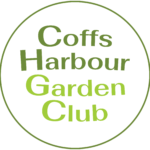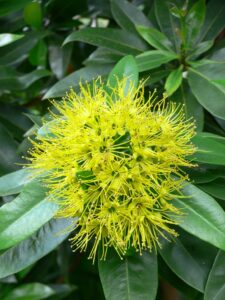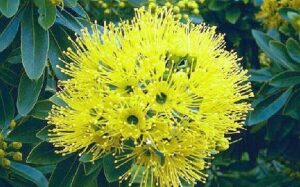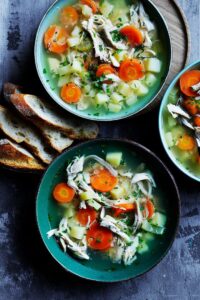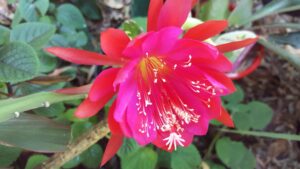image Jeannine Young
Caterpillars are the larvae of moths and butterflies, generally they eat leaves. Providing there are not heaps of them, besides the aesthetics, for a human to eat a leaf with a hole in it has no impact on human health.
- Handpick as much as possible and drown in sudsy water (or feed to the chooks).
- Sticky yellow traps are useful to trap small night-flying moths.
- Large pieces of eggshell can be scattered amongst cabbages to confuse the Cabbage white butterfly – the idea behind this is other butterflies mistake the eggshells for other butterflies so will move to a less populated area.
- Sticks with light coloured shapes nailed to the top will do the same thing.
- Using an organic bio-insecticide Bacillus thuringlensis or BT that you can use and it works really well, Dipel (Yates). This works as a stomach poison on many leaf-eating caterpillars however, it is most important to spray the underside of the leaves.
It is said that vegies growing in good soil are less damaged by the caterpillars than vegies growing in poor soil. so obviously soil health has a big part to play in this idea.
What really helps is – keep a diary. There might be a particular variety or vegetable that seems to be not so attractive to caterpillars so it might be an idea to grown them instead of the ones that they favour or by the same token if there is a particular vegetable that caterpillars really hammer – cover them with a fine mesh!
